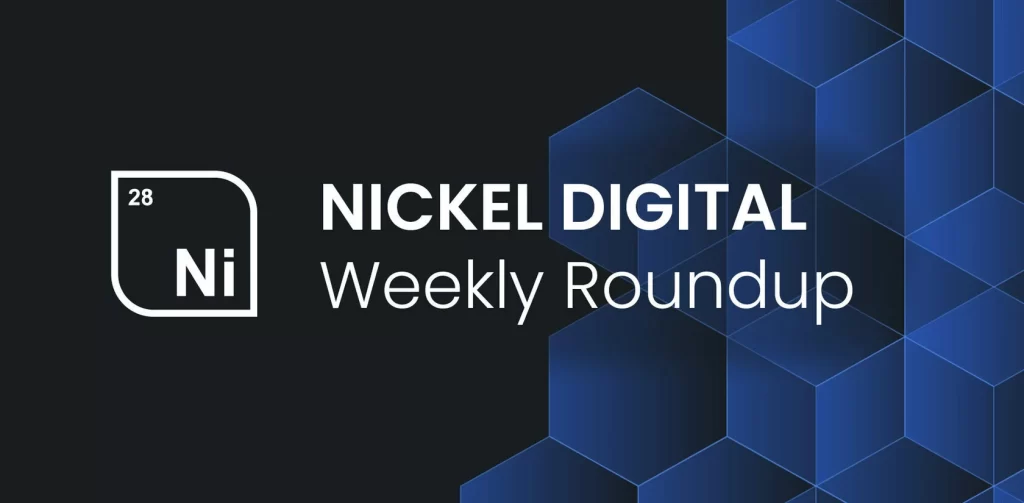
Last week was one of the biggest in recent memory for digital assets. Could this momentum be maintained? Read on to find out the most significant stories from the last week in crypto.
What happened: DBS announced plans to launch a cryptocurrency exchange
How is this significant?:
- DBS is a powerful player in finance; the largest bank in Singapore, a key global financial hub and regulatory-compliant economy.
- Their “DBS Digital Exchange” will operate trading hours mirroring the stock market, and list major crypto assets against the Singapore dollar, as well as USD, HKD, and JPY.
- Along with trading cryptos like BTC, ETH, and XRP, their roadmap includes Security Token Offerings (STOs) to help small and medium sized enterprises raise funds; crowdfunding via cryptocurrency.
What happened: Crypto exchange FTX introduced 24/7 trading of Tokenised Shares
How is this significant?:
- Through blockchain tokenisation, stocks and shares can reach a wider audience, removing complexity and restrictions in trading hours present in the traditional market.
- FTX users will be able to buy tokenised fractions of stocks and shares, purchased with cryptocurrency; thereby adding extra utility to their crypto holdings and pioneering a new fractional digital asset class.
- The product launched on the 29th of October with 12 crypto-equity pairs for highly valued stocks such as Amazon, Apple, Facebook, Netflix, and Tesla derivatives.
What happened: JP Morgan created blockchain unit, and launched JPM Coin
How is this significant?:
- JPM Coin represents the first cryptocurrency created by a major US bank, and Takis Georgakopoulos, global head of wholesale payments, announced its usage by a commercial client for the first time this week.
- According to Georgakopoulos, eliminating inefficiencies in wholesale payments via blockchain could save them “hundreds of millions” of dollars a year.
- In response to this potential, JPM have created their own in-house blockchain unit called Onyx, with over 100 staff, using blockchain to address inefficiency across banking.
What happened: Iran legislated for cryptocurrency to fund imports
How is this significant?:
- Iran’s nationalisation of their cryptocurrency industry is as close as any government has come to making digital assets a formal part of their economic structure.
- Cryptocurrency mining was legalised (but heavily regulated) in Iran last year, allowing miners to benefit from the country’s subsidised energy industry.
- Hit by US sanctions, and recession exacerbated by coronavirus, the Iranian government has now passed legislation requiring cryptocurrency miners to supply their mined crypto to the Central Bank of Iran, which can then use it to pay for foreign imports without diminishing its dollar reserves.
Market Overview:
A steady stream of good news maintained bullish sentiment, and continued the market resurgence.
- Bitcoin celebrated its 12th birthday in some style. On October 31st 2008, the original BTC white paper was released, and on October 31st 2020, it hit its highest level since January 2018, breaking through $14,000 and briefly touching $14,100.
- BTC’s monthly candle ended above $13,000 for the first time since December 2017 — the same month it hit its ATH. The current daily range of $13,400 to $13,900 keeps it well above that historic $13,000 resistance level.
- The overall cryptocurrency market cap continued to grow as well, crossing $400b for the first time since May 2018, reaching a high of $402b on November 2nd.
- The DeFi ecosystem hit a new ATH of $12.4b Total Value Locked, before continued BTC momentum led to a retrace down to $11.3bn.
There’s never a dull day in the world of digital assets, and with the world currently looking towards the USA for clarity around their election results, there may be more interesting times ahead as the markets react to that uncertainty. Hopefully by the next roundup, there’ll be a clear winner in place!